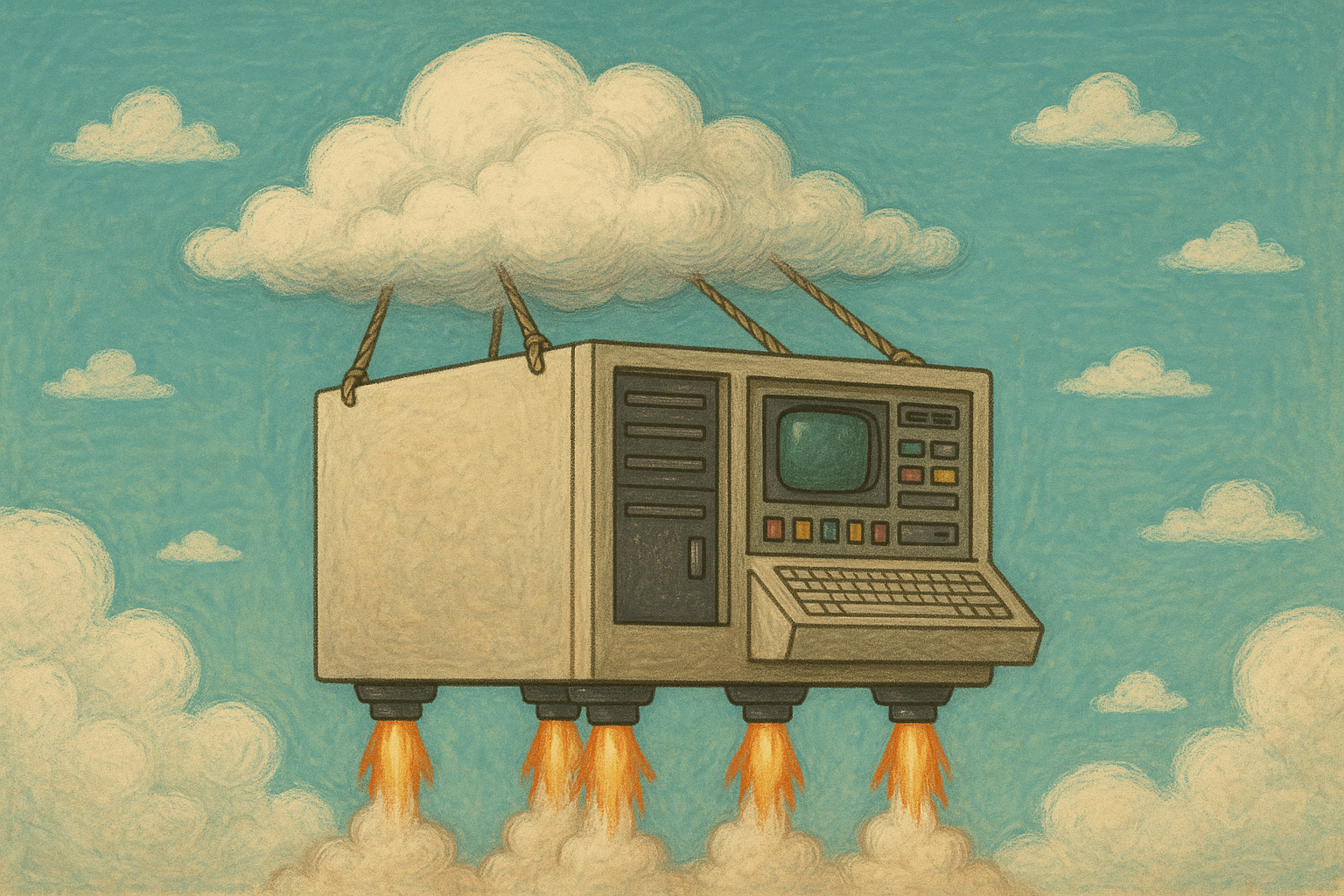 AI
AI
 AI
AI
 AI
AI
Amazon Web Services Inc. today announced the general availability of Transform, a new service that accelerates the migration and modernization of enterprise workloads using agentic artificial intelligence.
The service, which was initially previewed at AWS re:Invent 2024 as Amazon Q Developer transformation capabilities, targets legacy VMware, mainframe and .NET workloads. AWS said it can reduce project timelines an average of fourfold compared with manual transformation and up to 80-fold in the case of VMware migration.
AWS Transform leverages specialized AI agents to automate migration tasks, the cost and complexity of which hold enterprises back from transitioning more workloads to the cloud. Synergy Research Group Inc. estimates 37% of data center capacity remains on-premises. AWS said 70% of Fortune 500 companies still rely on at least some software written over two decades ago.
“Some of these applications are really big, spanning hundreds of thousands of lines of code,” said Sriram Devanathan, director of software development for AWS Transform. “The biggest challenge customers have is often understanding their code bases — not just moving them, but reimagining them.”
AWS Transform supports three primary workloads: Windows-based .NET applications, mainframe applications and VMware environments. For .NET applications, the service facilitates migration from Windows to Linux, potentially reducing operating costs by up to 40% by eliminating Windows Server licensing fees, Devanathan said. The AI agents guide users through analysis, planning and automated code transformation, including unit test execution and Linux-readiness validation.
For mainframe workloads, AWS Transform decomposes monolithic Cobol applications into manageable components. The service uses graph neural networks to analyze dependencies, generate technical documentation and refactor code into Java and the open-source PostgreSQL database management system. AWS said its approach reduces the typical multiyear mainframe modernization projects to months.
“We take you into a deployable state in AWS,” said Devanathan. “On the mainframe, we support basic Cobol, JCL [job control language] and screens written in BMS [Basic Mapping Support]. We can modernize the user interface and enable a variety of use cases.”
He noted that the service includes testing capabilities as part of its workflow. “We first get the documentation, then decompose it into use cases, augment them and derive test cases that serve as final verification,” he said. “Even if you come in with no documentation, we derive it from Cobol code and experts can add more information.”
For VMware environments, AWS Transform automates application discovery, dependency mapping, migration planning and network configuration conversion to replicate on-premises VMware setups into AWS EC2 instances, including virtual private clouds, subnets and transit gateways. “We analyze your network setup, routing, and subnets, then help you plan in which waves you want to move and replicate that into an AWS network equivalent,” Devanathan said.
AWS said traditional network configuration tasks that take two weeks can be completed in one hour, while migration wave planning can be reduced from weeks to minutes. “In the case of VMware, we saw as much as 80 times faster migration compared to a manual approach,” he said.
AWS Transform employs a multi-agent, multi-model approach, employing AWS Bedrock-powered foundational models and graph neural networks. Each agent is responsible for specific tasks such as analysis, planning and reasoning. “We use a variety of models powered by Bedrock,” Devanathan said. “The agents work back from a set of goals and sub-goals, and we are constantly trying various models.”
Transform is currently free to encourage customer migration to AWS. The service integrates with the company’s Migration Acceleration Program and Experience-Based Acceleration programs.
Support our mission to keep content open and free by engaging with theCUBE community. Join theCUBE’s Alumni Trust Network, where technology leaders connect, share intelligence and create opportunities.
Founded by tech visionaries John Furrier and Dave Vellante, SiliconANGLE Media has built a dynamic ecosystem of industry-leading digital media brands that reach 15+ million elite tech professionals. Our new proprietary theCUBE AI Video Cloud is breaking ground in audience interaction, leveraging theCUBEai.com neural network to help technology companies make data-driven decisions and stay at the forefront of industry conversations.